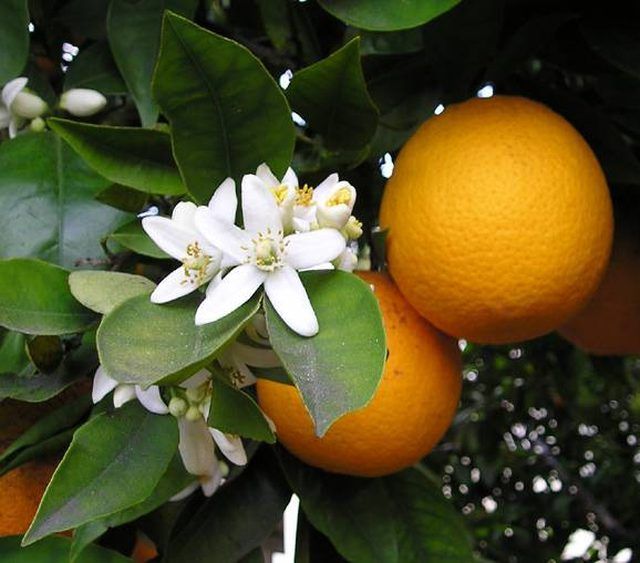Bulbs
Flower Basics
Flower Beds & Specialty Gardens
Flower Garden
Garden Furniture
Garden Gnomes
Garden Seeds
Garden Sheds
Garden Statues
Garden Tools & Supplies
Gardening Basics
Green & Organic
Groundcovers & Vines
Growing Annuals
Growing Basil
Growing Beans
Growing Berries
Growing Blueberries
Growing Cactus
Growing Corn
Growing Cotton
Growing Edibles
Growing Flowers
Growing Garlic
Growing Grapes
Growing Grass
Growing Herbs
Growing Jasmine
Growing Mint
Growing Mushrooms
Orchids
Growing Peanuts
Growing Perennials
Growing Plants
Growing Rosemary
Growing Roses
Growing Strawberries
Growing Sunflowers
Growing Thyme
Growing Tomatoes
Growing Tulips
Growing Vegetables
Herb Basics
Herb Garden
Indoor Growing
Landscaping Basics
Landscaping Patios
Landscaping Plants
Landscaping Shrubs
Landscaping Trees
Landscaping Walks & Pathways
Lawn Basics
Lawn Maintenance
Lawn Mowers
Lawn Ornaments
Lawn Planting
Lawn Tools
Outdoor Growing
Overall Landscape Planning
Pests, Weeds & Problems
Plant Basics
Rock Garden
Rose Garden
Shrubs
Soil
Specialty Gardens
Trees
Vegetable Garden
Yard Maintenance
How to Cure Orange Tree Diseases
How to Cure Orange Tree Diseases. Orange trees fall victim to a wide array of diseases that can affect their roots, trunk and branches, foliage and fruit. The most common diseases affecting orange trees are fungus, viruses, mycoplasma diseases, nematode, and non-parasitic diseases. Each of these have few effective treatment options and usually...

Orange trees fall victim to a wide array of diseases that can affect their roots, trunk and branches, foliage and fruit. The most common diseases affecting orange trees are fungus, viruses, mycoplasma diseases, nematode, and non-parasitic diseases. Each of these have few effective treatment options and usually require removal of the infected trees to prevent the spread of disease. Good orchard management practices using disease-resistant root stocks is one of the few ways to prevent these diseases.
Things You'll Need
Antifungal product like copper sulfate
Water
Clean sharp secateurs or loppers
New disease free root stock
Treat parasitic diseases such as fungi and mold by washing the tree several times a year with a fungicide such as copper sulfate. Diluted with water to the manufacturers specifications for your application size, it can control and prevent most common fungal problems endemic to citrus. Control any over-watering of the roots which may create or worsen fungal infections. Make sure the soil is well drained and moist with no standing water.
Clear virus or virus-like diseases such as citrus psorosis--one of the most damaging citrus tree pathogens in the world--by removing any trees with unexplained lesions on the trunk and stems or trees declining in vitality. How this spreads is not well understood but proximity and grafting is a factor. Scientists think it may also be transported by an insect such as aphids.
Treat mycoplasma diseases such as stubborn disease, which stunts and mishapes the growth of citrus leaves and fruits and which flares in high temperatures. Caused by the spiroplasma citri organisms there is no treatment for it yet. Infected trees should be removed and replaced with healthy trees that are propagated from stubborn-free budwood.
Clear up nematode diseases like citrus nematode in the tree, root and soil with Oxamyl (Vydate) diluted in irrigation water. Carefully follow instructions on the package and never use more than 4 quarts per acre in a 30-day period. When using this chemical, people should not enter the area without protective clothing, including masks. Also, planting or harvesting should be restricted according to guidelines outlined on the package.
Tips & Warnings
Mineral deficiencies can show up in leaves and be confused with signs of disease. An example of this is exanthema, which is the result of a copper deficiency. Mottle-leaf is the result of a zinc deficiency, and yellow-spot results from a lack of molybdenum. Citrus tree experts or soil testing can lead to a diagnosis, but if treatments for diseases are not working, the possibilities can be narrowed.